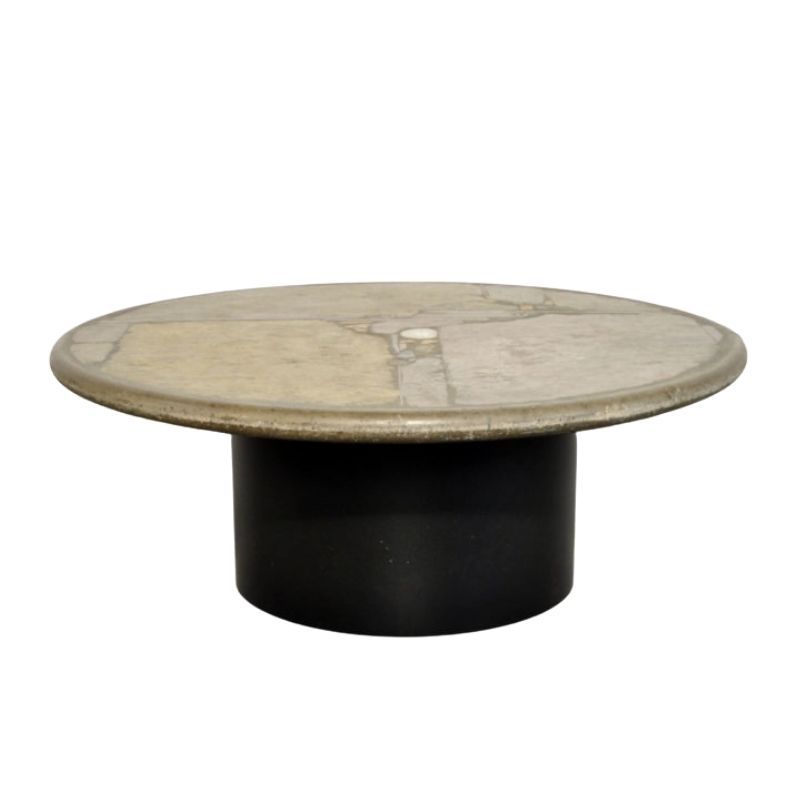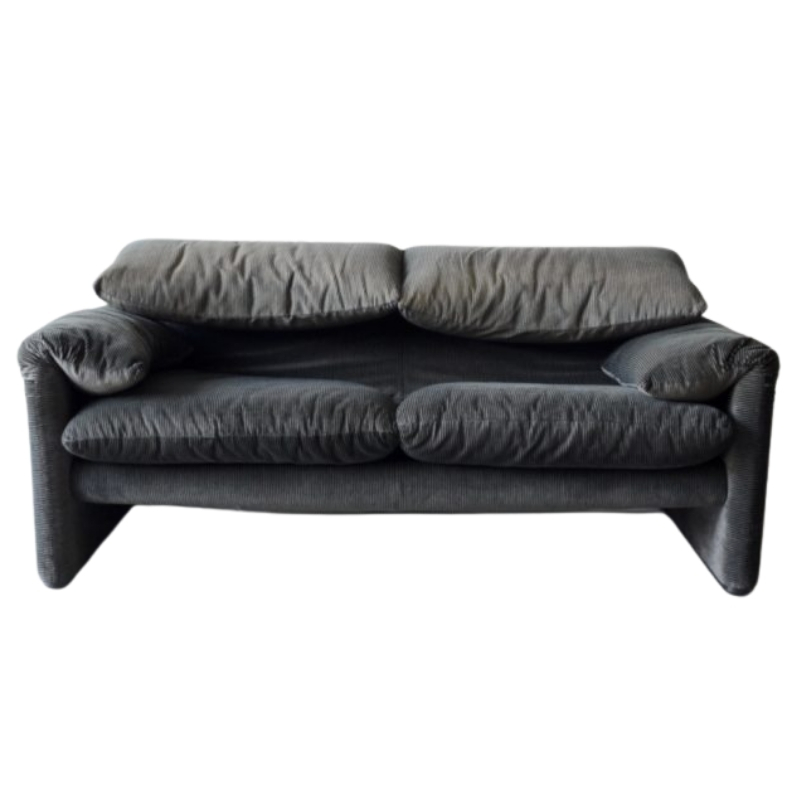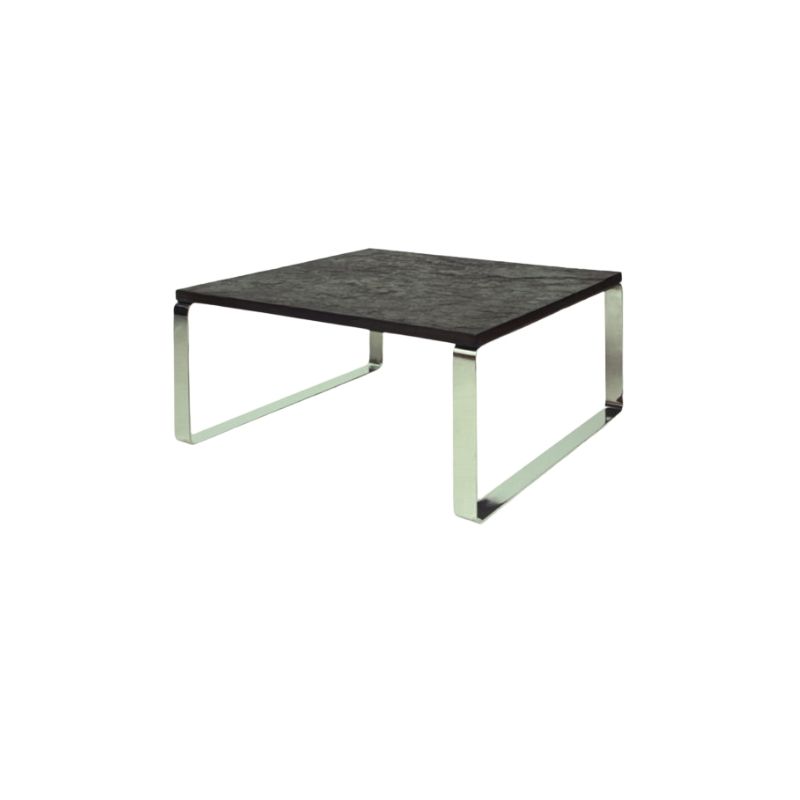I was in Wichita, KS, recently and visited the aviation museum there. Wichita has been one of the world's leading manufacturers of aircraft almost since early on in aviation. As of the 1990s, 70% of all civil aviation aircraft ever built were built in Wichita. Boeing still builds the fuselages of its jets in Wichita. And all manner of aerospace compenentry are built there now, also.
The building is formerly the Wichita airport terminal constructed in the 1930s. It is an art deco era structure by an architect I have not learned the name of. It was started by the city and finished with workers and craftspersons from WPA and other depression era programs. The building itself is nothing to write home about, though it is certainly an attractive building of this type from the front view. What is striking is some of the ornamentation. I was particularly fond of the fenestration, ornaments, outside, but also the painted geometric aviation motifs inside. The building is creeping through an underfunded rehabilitation for nearly ten years now. The docents are mostly old aircraft workers who clearly love the project and the preservation of this tradition of aviation.
I found this picture online of a small external ornament with a memorable aviation motif.

and this exterior...
plus a link if any one were ever to want to visit.
I realize air terminals and aviation museums are not for everyone, but if you like them, and will take the time to warm up to a docent, you may learn at this humble museum more about civil aviation and its origins than almost anywhere else. I've been to bigger and better and flashier, but never to one actually any where nearly as steeped in the roots of early commercial flight in USA.
http://www.kansasaviationmuseum.org/
It would be interesting to...
It would be interesting to look at buildings with this sort of specific relief/ornamentation. Obviously, ornamentation of a more abstract/general level has been a feature of architecture forever. One can identify a possible relationship, with regard to this more representational ornamentation (at least in the United States) to the WPA.
I don't know what this means now, but a lot of older buildings where I live are being freshly adorned with mural work (primarily painting but some stonework) which typically highlights a theme of that building's use, or presents some inspiring community/global village theme.
One of the more interesting theories behind these sanctioned murals is that it deters tagging/graffiti.
Still, these murals always strike me as kind of silly, no matter how good the artwork/integration might function.
The aviation relief on this building is pretty neat though, as are the windows, etc.
hudsonhonu...
thanks for giving this some thought. Interesting thoughts. Murals and ornamentation to deter graffiti. I don't know if it works, but what a fascinating idea. It implies buildings need an informational/narrative aspect of some kind, or persons are tempted to give them one.
I wonder if this is why there is so much customizing of certain cars. Cars, especially those of the last 20 years, often lack much iconography, or even ornamentation, beyond a maker's logo. Perhaps customization is not just about personalization. It is giving objects more objective meaning regardless of the person giving it. This Nissan 200SX is not just a bland old Nissan with nothing but utilitarian function. It is a hopped up drift racer with carbon fiber hood and aero cladding and wings. It does not express my identity, so much as it gives the car an identity that it lacked.
This could certainly have great implication for how designers think about ornamentation and its presence and absence in things designed.
One thing I recall coming of t...
One thing I recall coming of teen age in the early 70s was the customizing of muscle cars, from the extremes of very costly flame and candyapple paint jobs done by professionals at the local hotrod shop down to the more hands-on detail done by us in the driveway which was known as pinstriping.
Cars as canvas.
I also recall in those days some great self-expression on the rubber edges of our tennis shoes (it was mostly Chuck Taylors and Adidas in the early 70s). And I remember feeling pretty edgy in an 'un-detailed' pair of Pumas.
This was way before tatoos or piercings, or at least the tatoos that you saw on a guy back from the Navy, not the type of tatoos that you see on your more typical Air Jordan basketball players of today.
Architectural relief seems to be most widely a feature of governmental buildings, but I could be wrong. Thankfully, most of the mural stuff in Lincoln, Nebraska is usually going up on old red brick warehouses.
I've yet to see any city council sanctioned spray paint on the Sheldon or on I.M. Pei's bank, although the slightly tamer stuff we know as 'signage' has clearly made its way to even the better buildings we have here.
If you need any help, please contact us at – info@designaddict.com









